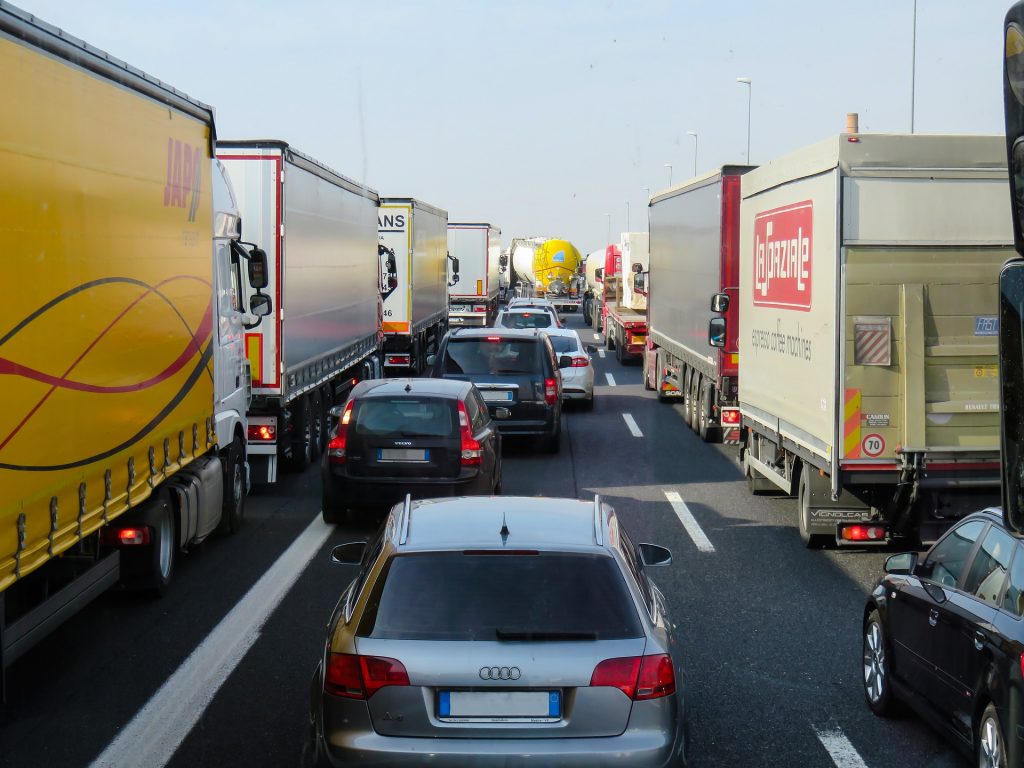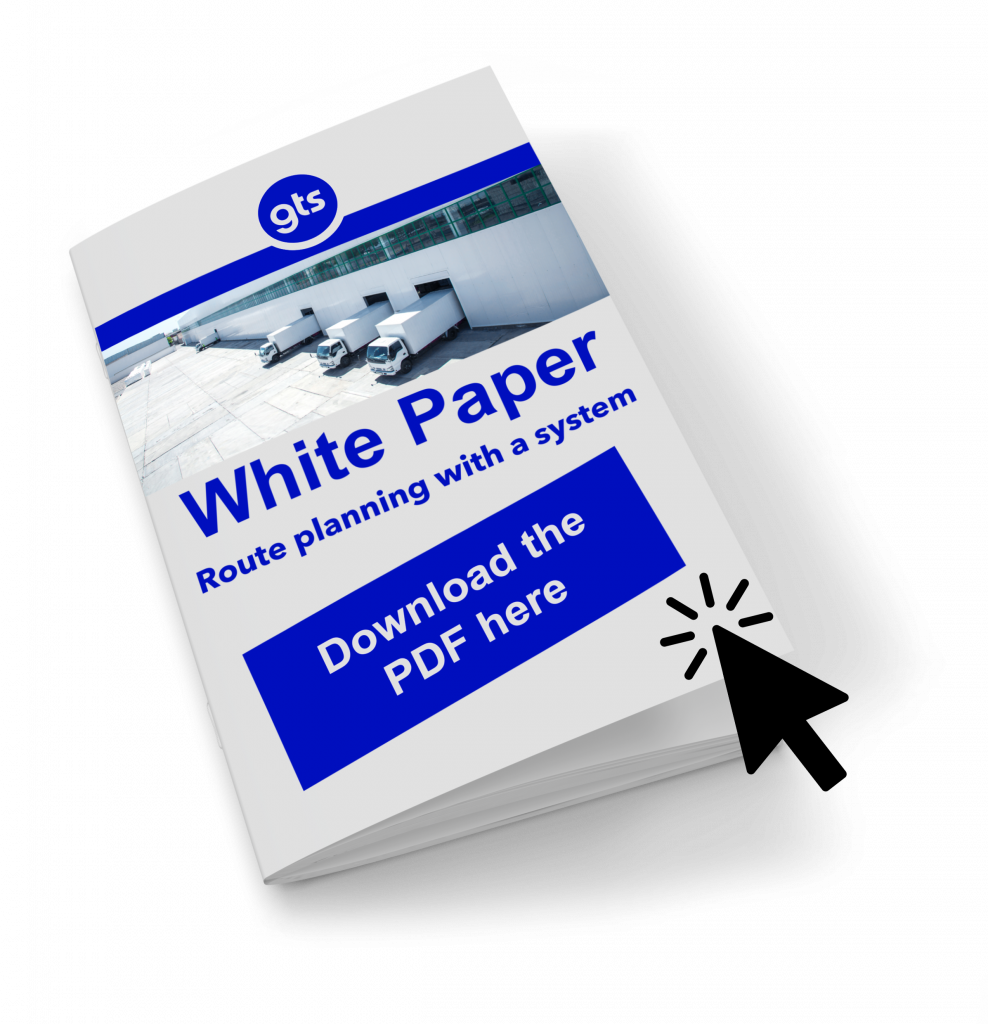Traffic jam in front of the exhibition centre - everything is at a standstill. Trade fair time often also means stress time for the entire logistics. To ensure that set-up and dismantling run smoothly, a good strategy and coordination is necessary even before the start of the fair. This is because classic dock & yard management systems reach their limits when it comes to process optimisation for trade fairs. So what can the organiser do for trade fair logistics? And how can software for route planning help?
Much untapped potential in trade fair logistics
A typical morning on the first set-up day of a trade fair: A hundred articulated lorries try to reach the event site at the same time. Outside the gates, the trucks stand close together waiting to be let in. Especially trade fair sites located in city centres cause heavy traffic in the surrounding streets. There is also a lack of space on the grounds themselves when all the exhibitors want to set up their stands in a small time window. Transport comes to a standstill: traffic jams and logistics chaos cause a lot of frustration and conflict potential for all companies involved.
Great potential for optimisation in planning remains unused. A solution specifically for trade fair logistics does not yet exist. The classic Dock & Yard Management System, which is used for example by food companies and parcel services, coordinates logistics processes at gates and ramps even before the trucks arrive on site with the help of time window management and access control. However, this system is not yet a suitable solution for the trade fair: It cannot implement further functions such as the spatial distribution of capacities on the site and their rescheduling.

Make proactive arrangements for trade fair logistics
After all, the goal of optimising trade fair logistics is to keep enough space free for transporters and their vehicles to drive in and out. Even before the trade fair takes place, available exhibition halls, parking areas in the loading yard and the available loading days must be determined. If several events take place at the same time, the planning becomes even more complex. An IT-based simulation of the expected number of vehicles and the available loading areas helps to determine how many vehicles of different sizes can be accommodated in practice based on complex parking patterns.
Planners should also consider whether there is enough space for a vehicle at a given time when booking. Among other things, the organiser can also stipulate that large exhibitors may arrive three days before other exhibitors due to their longer set-up time. The reservation of so-called VIP spaces additionally offers trade fair companies an offer of interesting extra-pay models.
Calling up vehicles in a targeted manner with the help of planning software
If the organiser also uses route planning software, it is possible not to direct the vehicles directly to the exhibition grounds on set-up day. Instead, the drivers first register at a collective parking area. After registering the vehicles that have arrived, the transporters can be given clearance to drive to the actual exhibition site. If disruptions occur, such as a vehicle blocking a parking space, traffic jams or gate closures, responsible persons have to reschedule in order to assign each customer a new slot that is as close as possible to the original booking.
As soon as the vehicle arrives at the gate, the driver must present an entry code. Through this code, the dispatcher checks whether a slot is booked at that time. The loading bay manager records all the operations in order to compare them with the planning. In this way, this methodology best fulfils the visit and loading requests of customers at trade fairs and gives them the certainty of receiving a time slot at the desired time. For dismantling, a similar procedure applies afterwards, only in reverse order.

After the fair is before the fair
Once the fair is over, important aspects for reporting need to be documented: How many vehicles were on the grounds? On which days did they come? Which loading yards were particularly busy? How many delays were there? With this data, the fair organiser can analyse how the planning worked in practice and apply the knowledge gained in the following year.
Using the software solutions for route planning, which go beyond the scope of a dock & yard management system, time management and coordination of vehicles can be matched with available space. This supports exhibitors, their transport service providers as well as organisers and stand builders. By cleverly pricing new services, additional revenues can also be generated that go far beyond the costs of a software.
Are you an exhibition logistics specialist yourself and want to optimise the organisation of your events? Get in touch with us: Together we will work out how the set-up and dismantling for your event can be optimally coordinated.
Here you can find our Success Stories .




